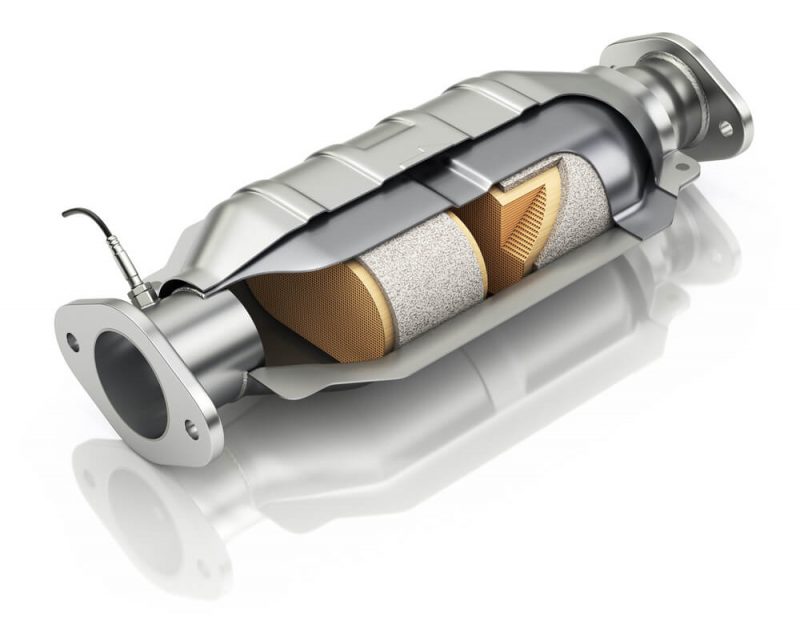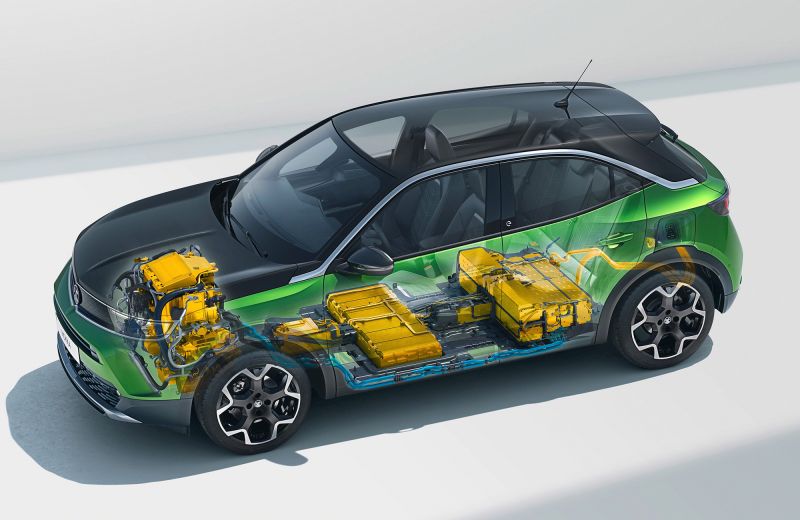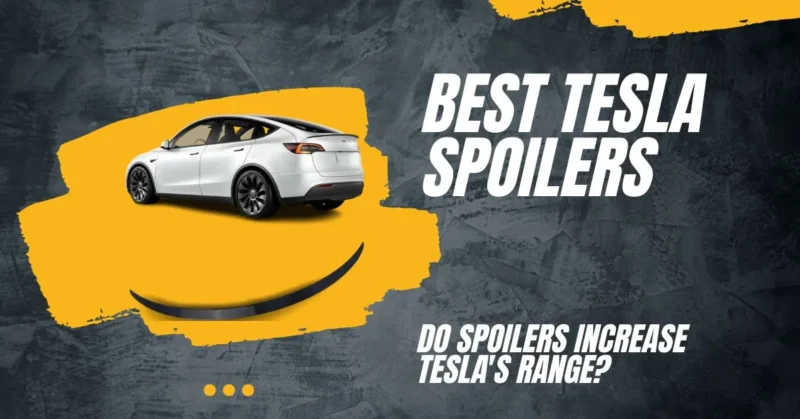Designed with an extensive voltage range, delivering rapid DC power and energy delivery exceeding the mega prefix, with the capacity to top up the EV battery in just 15 to 20 minutes— The level 4 charging station is the latest electric vehicle charging world edition.
A Level 4 charging station, commonly called a DC fast charger, is a high-speed EV charging station that can quickly provide an EV with substantial power. Level 4 charging stations, in contrast to Level 2 charging stations, may supply up to 90 miles of range in just 30 minutes of battery charging.
Level 2 charging points normally deliver power to an EV at 10 to 60 miles of range each hour. Because of this, they are a well-liked option for public charging stations in places where EV usage is significant, such as highways, shopping malls, metropolitan areas, and EV fleets.
Level 4 Charging Station
Level 4 charging stations, or ultra-fast chargers, are the newest and fastest charging stations available for electric vehicles (EVs). Level 4 charging stations use direct current (DC) to charge the battery and can provide a full charge in as little as 15 minutes. They are typically found at highway rest stops and other locations where EV drivers need a quick charge. Level 4 chargers require a 480-volt three-phase electrical connection and are currently only available for a limited number of EV models.
Level 4 Charger
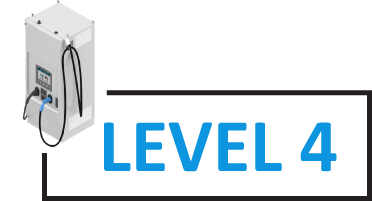
Level 4 is the fastest of all available EV chargers in the market. It’s ultra-fast and delivers maximum power output. However, it looks hard to determine the exact Level 4 installation cost, and it’s the most expensive of all types.
Still, these chargers are scarce in the market due to the involvement of cost and technological issues. But a considerable increase in their numbers can be safely predicted soon, owing to the ever-increasing demand for fast EV battery charging.
Until now, Tesla has had the advantage of its super-fast chargers topping up the battery in 20 to 30 minutes. Level 4 chargers will top up the battery in less time than a Level 3 charger but will still be able to provide just as much range as a Level 3 charger.
Even though the inception of fast superchargers has considerably reduced the charging time, the time to get battery energy is still too much, mainly when refueling gas-only vehicles. We have spreading-centuries association with conventional vehicles, and we always unintentionally search for the same refueling parameters left by these vehicles. We may never sit in peace until we achieve that standard—which will revolutionize the EV charging industry to its optimum strength.
What to talk of slow charging, even the fastest charging, taking a few minutes can make us angry, and due to this very reason, we are always eager to find quick and more immediate ways of charging. The advent of Level 4 charging can go a long way to console our quest.
However, there still needs to be more clarity regarding the working, benefits, and effects of Level 4 charging, and we will discuss them in detail.
How Does A Level 4 EV Charger Work?
Level 4 is the high end of the EV battery charging and the complete departure from the electricity used in everyday household appliances.
Level 4, like Level 3, relies on DC energy (it’s the type of energy that travels in one direction —as against AC energy —that constantly travels back and forth)
It delivers almost 1 megawatt of power for charging considerably large battery packs —like trucks and public transport.
Tesla Mega supercharger is the example in hand that is empowered to deliver up to 1.5 MW of incredible power to charge large 500 kWh batteries, adding 400 miles in 20 to 30 minutes. Future predictions are even for faster chargers.
Yet the Level 4 chargers have yet to get fully commercialized. These will probably be found at bus terminals, airports, and large commercial centers to fully cater to the demands of battery packs for commercial vehicles and goods transport.
How Fast is the Level 4 Charging Station?
The powers of all four charging levels have a vast gulf of differences.
- Level 3 fast charger: 100 kilowatts (rapid) and 350 kilowatts (ultra-rapid)
- Level 4 DC fast charger: Over 1 MW (these are mega chargers and are used for buses and large commercial transport)
Level 4 charging station, with a tremendous power of over one megawatt, can fully charge an EV battery up to 100% in just 20 minutes. Level 4 charging stations are the fastest for electric vehicles (EVs). These chargers use direct current (DC) to charge an EV’s battery and can provide a full charge in as little as 15 minutes.
They are typically found at highway rest stops and other locations where EV drivers need a quick charge. Level 4 chargers can deliver up to 350 kilowatts, making them capable of charging the latest EV models at 1000 miles per hour.
What is the Price of the Level 4 Charging Station?
According to Forbes: “EV DC chargers are very costly, and even if a house is equipped with over 400 volts of electricity supply, installing these will most probably cost more than the EV itself.”
Due to its power requirement and sophisticated structure, it’s costly to install and can cost hundreds of dollars. Charging with Level 2 costs $0.2-$0.25 p/kWh, with Level 3, $0.4- $0.6, and charging from Level 4 would be even costlier.
Charging Cost of Level 4 Charging Station
A level 4 charging station, commonly referred to as a DC fast charger, can range in price based on several variables, such as:
The location of the charging station: Charging rates for stations in more pricey regions, including downtown districts, may be more than at charging stations in more affordable areas.
The cost of power in the region is: The price of power might vary significantly depending on where you are. The cost of power in your location will directly impact how much it will cost to charge your car.
The owner of the charging station: Each charging station owner may impose a different fee for utilizing their stations.
The time of day: At off-peak times, certain charging station providers could provide discounted prices when power demand is lower.
The battery’s capacity in your electric car: The charging price might also vary depending on the size of your car’s battery. A bigger battery will need more power to charge completely, which might raise the cost.
Generally, depending on the variables mentioned above, utilizing a level 4 charging station can cost anywhere between $0.20 and $0.50 per minute or between $6 and $20 for a full charge. It’s important to remember that these prices fluctuate significantly, so it’s advisable to contact the company that provides charging stations for the most recent pricing details.
Can a Level 4 Charger be Installed at Home
If the Level 3 charger is not recommended for home installation, how can a Level 4 charging station be? Due to its complexity, sophistication, and power supply-related concerns, it can’t be installed at home. It would require high power transmission of up to 480 Volt and a three-phase connection, and hardly a residential location can be found with such substantial power supplies.
Even after having the potential to cover the expenses, its installation at home is still impossible due to its unavailability. Some other security concerns are also related to its installation. However, its cost may decrease, and home installation may become possible. It also needs to provide a direct high-power connection to the grid.
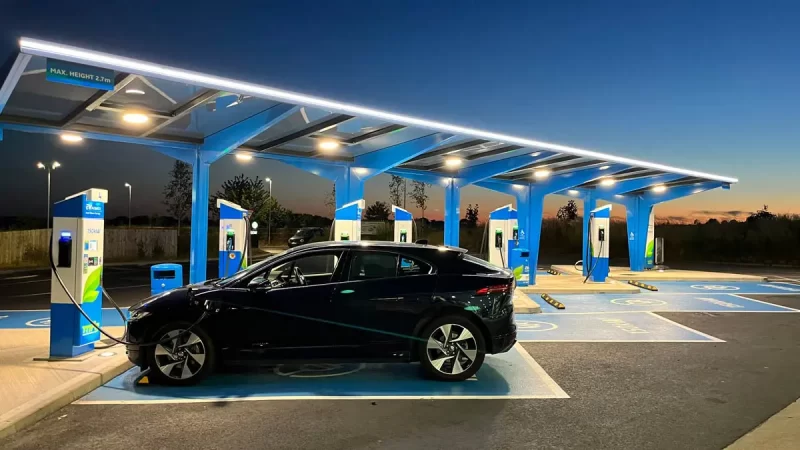
Different Levels of EV Chargers
| Level of charger | Voltage | Power in kW | Current type | Charging time for 250 miles | Range in miles p/min |
|---|---|---|---|---|---|
| 1 | 120 | 2.5 | AC | 42 hours | 0.1 |
| 2 | 240 | 3.18 | AC | 11 hours | 0.4 |
| 3 | 480 | 50 to 350 | DC | 60 min | 3.2 |
| 4 | 800 to 1,000 | 1,000 | DC | 20 min | 22 |
Is Level 4 Charging Harmful to EV Batteries?
Yes, it can. According to KIA autos: “To use DC quick charging frequently can have an adverse effect on the efficiency and longevity of an EV battery.”
Level 4 charging stations can potentially reduce the lifespan of an EV battery due to the high charge rate. However, modern EVs are designed to handle this type of charging, and when used appropriately, level 4 charging should not significantly impact battery health.
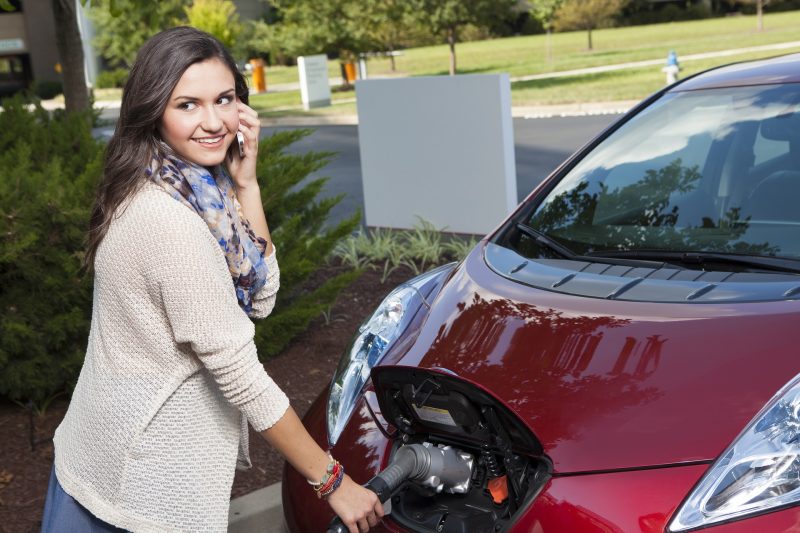
Battery manufacturers recommend less use of fast chargers for battery charging, and since Levels 3 and 4 deliver DC output, these can have detrimental effects.
Batteries only perform well when kept and charged under average temperature. But when we inject much energy through Levels 3 and 4, excessive heat generates, reducing range and affecting the battery’s longevity.
The more frequently we use DC fast chargers, the quicker the battery will deteriorate. However, the more effective and efficient the cooling system of the EV battery would be, the more detrimental battery effects could be mitigated.
Furthermore, an EV owner seldom gets a chance to go for fast charging; more often, he will charge his EV battery at home. Occasional visits to fast chargers are adjustable and acceptable by the battery and don’t have such dire consequences as they were if charged frequently by fast chargers.

Imran is an experienced content writer who crafts engaging and informative articles for a variety of industries. With a keen eye for detail and a passion for storytelling, Imran delivers high-quality content that resonates with readers. Whether he’s writing blog posts, social media content, or website copy, Imran is committed to delivering compelling content that drives results.




